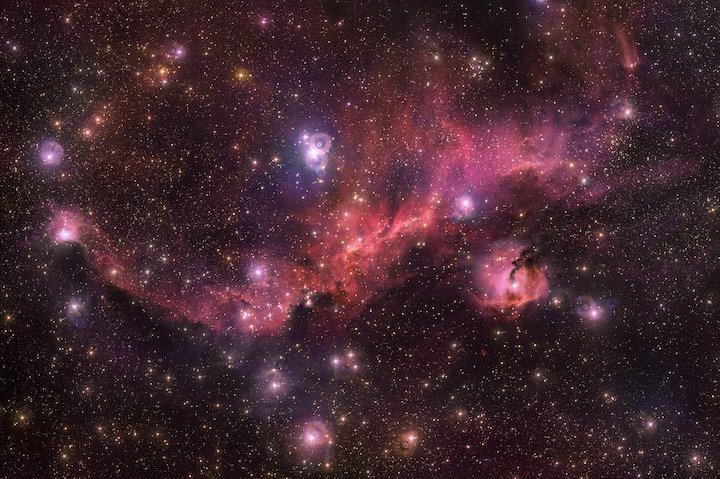13.09.2019

Amid ongoing uncertainty around the value of the Hubble Constant, uncertainty largely created by issues around measuring distances to objects in the galaxy, scientists who used a new distance technique have derived a different Hubble value, one "somewhat higher than the standard value," as Tamara Davis describes it in a related Perspective. She says the techniques involved to reach this estimate are valuable because they can "help establish whether new physics is needed to explain the [Hubble Constant] discrepancy, or whether we should look harder for possible systematic errors in one or more measurements." Since it flashed into existence, the Universe has been expanding at a rate described by the Hubble constant (H0). The value of the H0, however, is the subject of controversy; around the year 2000, astrophysicists had reached the consensus value of about 70 ± 5 km/s/Mpc, but recently, estimates on either side of that value have also been suggested. "[t]his discrepancy is hard to explain by any systematic errors that have been proposed," writes Davis. Astrophysicists are asking if they must invoke new physics to explain the discrepancy, and new, independent measurements of H0 are useful in addressing related questions. Inh Jee and colleagues studied light from distant galaxies that coincidently lie directly behind closer galaxies. The gravitational field of the foreground galaxy distorts the light from the background galaxy, bending it through multiple paths with different lengths. This strong gravitational lensing also causes time delays between the multiple images. Any variation in the brightness of the background source will be visible in some parts of the gravitational lens before others. The measurement of this delay and the properties of the stars within the lensing galaxy can be combined to determine the lensed galaxy's size, which in turn allows for measurement of the angular diameter distance to the lens. Jee et al. applied this technique to measure the angular diameter distance to two gravitational lensing systems and used them as benchmarks to recalibrate an existing measurement of H0, which they report as 82+/-8 km/s/Mpc. Although statistical precision of their measurement is not good enough to resolve the discrepancy over the value of H0, the method offers a new way of attacking the problem. "This method is insensitive to the lensing caused by small masses along the line of sight, thus alleviating one potentially large source of systematic uncertainty," writes Davis.
Quelle: AAAS
